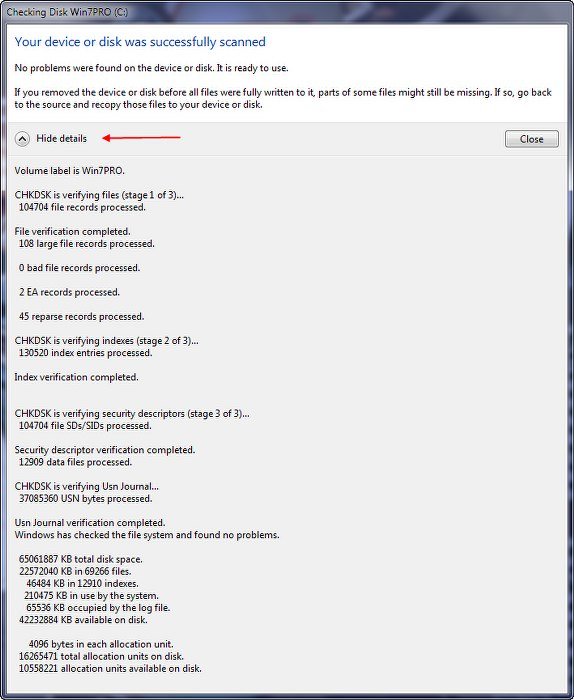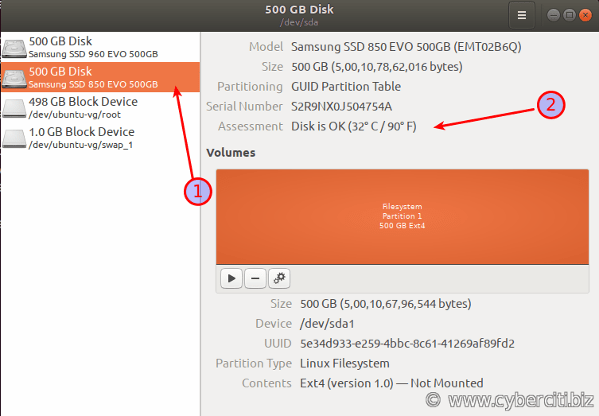

The iostat command generates two types of reports, The iostat command generates reports that can be used to change system configuration to better balance the input/output load between physical disks.Īll statistics are reported when the iostat command runs every time. On multiprocessor systems, CPU statistics are calculated system-wide as average among all processors. The iostat command is used to monitor system input/output device loading by observing the time the devices are active in relation to their average transfer rates. Iostat is used to report Central Processing Unit (CPU) statistics and input/output statistics for devices and partitions.

The error codes that fsck returns can be understood with the following table from This example checks all file systems ( -A) on /dev/sda: fsck -A /dev/sda Run fsck on the target disk, using the desired options. If the disk is declared in /etc/fstab, change the mount point to none there as well. Use umount to unmount the disk location copied in the

If you are working on a local machine, unmount the disk manually. Unmount the disk from theĬonfiguration Profile. If you are working on a Linode but do not wish to use Rescue Mode, shut down the Linode from the Linode Manager. Use fdisk to view disk locations: fdisk -lĬopy the location of the target disk to use with the fsck command. If you are using Rescue Mode, the disk you want to check should not be listed: df -h Run df to view a list of currently mounted disks. View Mounted Disks and Verify Disk Location fsck should be run only as a user with root permissions. If you’re working on a local machine, consider using the distribution’s recovery mode or a live distribution to avoid working on a mounted disk.
#CHECK HARD DISK HEALTH LINUX COMMAND HOW TO#
Rescue and Rebuild guide for instructions on how to boot your Linode into Rescue Mode. If you are using fsck on a Linode, the easiest and safest way to unmount your disk is to use Rescue Mode. If using the -A option, do not check the root filesystem.Ĭheck only a specific type of filesystem. Use with the -A option to run multiple checks in parallel. Describes what would happen without executing the check itself. Show progress bar (ext2 and ext3 file systems only). Use with caution.įorce fsck to check a file system even if it thinks it’s clean. fsck Options and Arguments OptionĪttempt to fix errors automatically.

You risk corrupting your file system and losing data if you run fsck on an active disk.


 0 kommentar(er)
0 kommentar(er)
